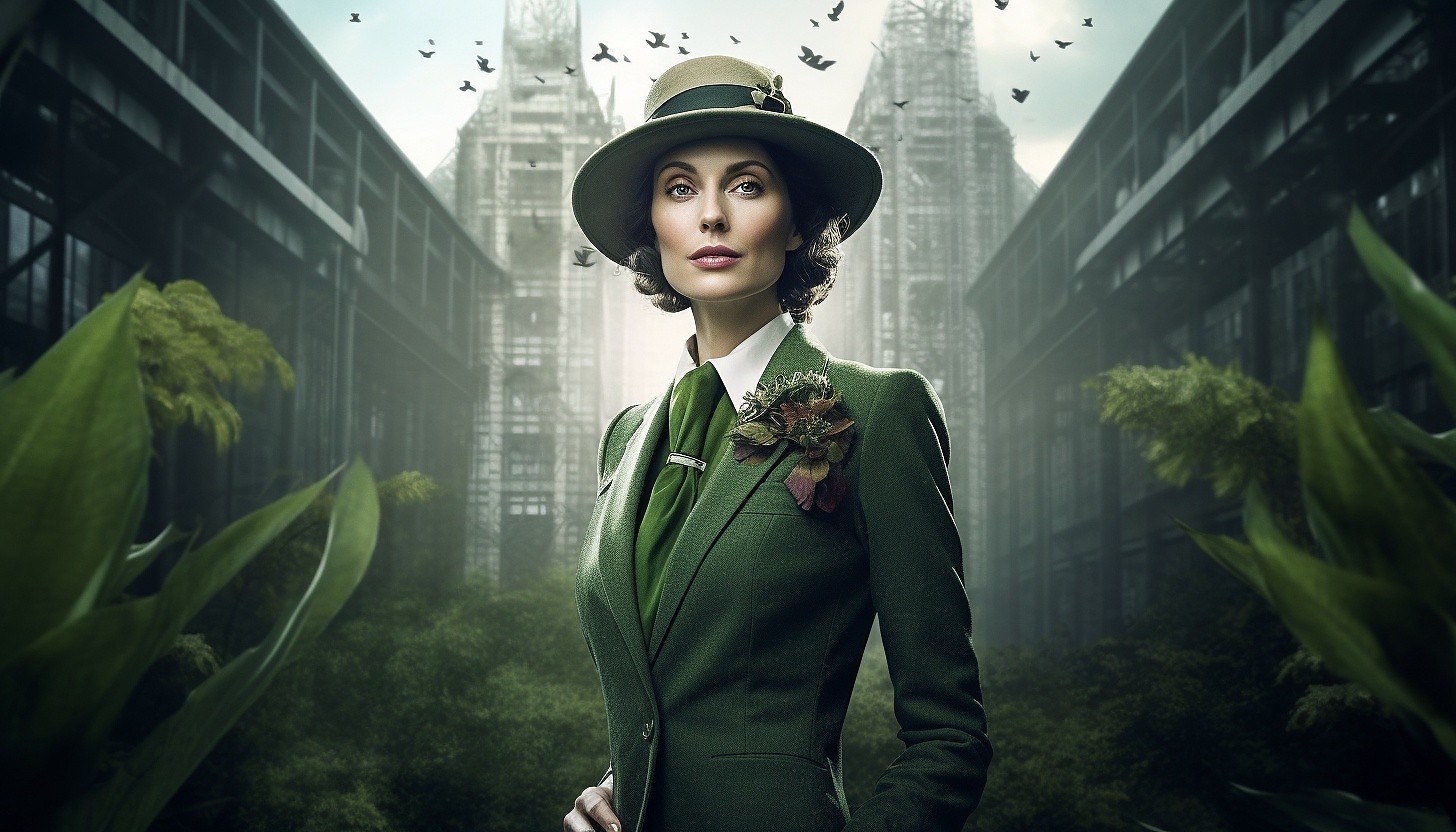Nowadays, it is quite trendy to use Artificial Intelligence for the development of images. This feature has revolutionized the world of photography, design and visual arts, as it allows people to create the images they want and imagine through this technology.
But what exactly is an AI imager?
A generative AI model is based on an artificial intelligence system, which is designed to be able to create or synthesize imaginary content (in this case, images) autonomously. It relies on machine learning algorithms, which make it possible to create more or less realistic imaginary images that do not exist in a common image bank.
Just as ChatGPT works, for example, these generators create images through text descriptions (prompt). The user makes a description about what he wants his image to contain and this technology will produce it according to the description given. It is likely that on the first attempt the image will not be what you were imagining, but if you refine and add details to your prompt, little by little you will achieve what you want with a unique image with totally imaginary characters, scenarios and situations.
The Evolution of AI Models
Over the years, generative AI models have been evolving very rapidly and we can categorize them into four main categories: the Variational Auto-Encoders (VAE) - which was created in 2013 and has benchmark products like Amazon Alexa, Google Photos and even Spotify; in 2014, products like AlphaGo and DALL-E emerged, based on GAN (Generative Adversarial Networks) that works with adversarial training; in 2016 Flow Models emerged and in 2017 the Transformer category emerged - which corresponds to Google Translate, for example. Finally, in 2018, the first Diffusion Models appear, which have shown impressive performance in imaging processes.
Currently there are numerous online tools to create your photos based on Diffusion Models, namely: Midjourney, DALL -E and Stable Diffusion. These are some examples of platforms you can use for this purpose.
“With Great Power Comes Great Responsibility”
It is important to realize that with this functionality and possibility must also come a sense of responsibility. Despite all the advantages that this technology has, there are also its disadvantages. Since it offers the possibility of creating what we want depending on the information we give to the tool, this process must be done with a great sense of ethics because it is important to ensure that the images we are creating are not offensive, discriminatory or that could harm others. Since is such a powerful tool, we should always be aware and concerned about what impact the image we are creating will have on the world. These and other issues must be addressed and discussed to ensure that "technology serves humanity and is aligned with its true interests”.
That said, we should always keep in mind that AI-generated images, while extremely realistic, are not real photographs. As we have seen throughout the article, the AI model learns statistical patterns from the training data and generates new images based on those patterns, which makes for new and creative results.
It can be a good tool for your business or your website. Generating images with artificial intelligence, can make you have different images that other businesses don't have, which makes you stand out for your originality and difference.
Note: The photo that is being used in this article was generated by us through Midjourney. We chose to depict a somewhat unrealistic idea - an empowered and influential woman in the 1920's fighting for the cause of sustainability. As we know, in the 1920's women didn't have the freedom and space to be able to have influence as they do today, nor was the topic of sustainability talked about back then. We wanted to take this idea and understand what image could be generated.
